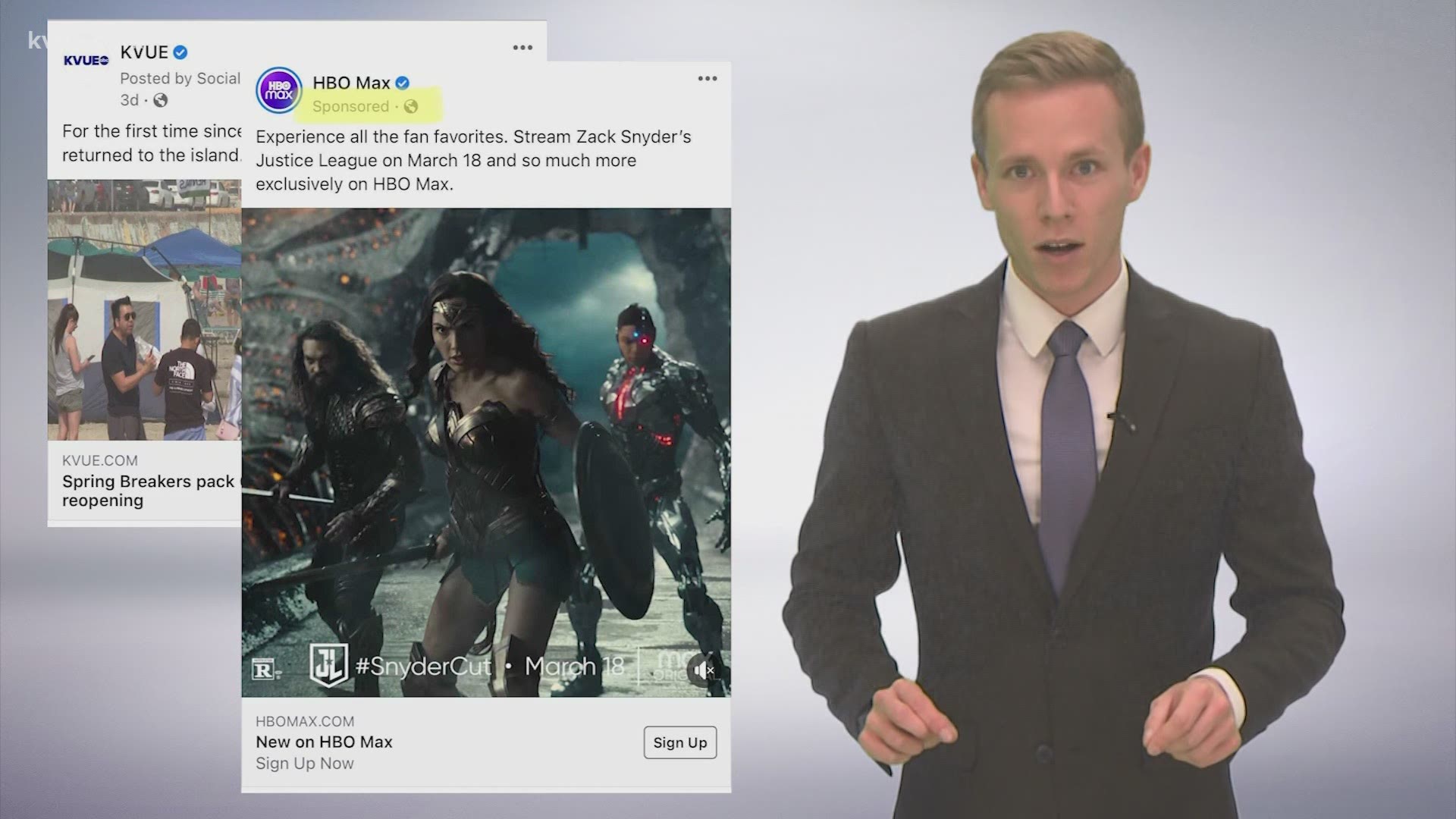AUSTIN, Texas — Algorithms are complicated, and each social media platform uses a different one.
But, simply, algorithms mean that social media platforms give you more of the things that you click on.
So, when you click on an article or advertisement on sites like Facebook, Twitter or Instagram, the platform thinks that you want more of that content. The site looks at what you click on, how much time you spend on it and what you comment on, then finds similar content and puts it higher in your newsfeed.
“If you're clicking on particular news outlets, then you'll see more of that in your newsfeed. And if you're clicking on a particular partisan viewpoint, for instance, then you'll see more of that in your feed as well,” said Talia Stroud, the director of the Center for Media Engagement at the University of Texas at Austin.
That’s the problem. The algorithm can narrow your “news diet.”
“A news diet is basically what you think of when you think of your actual diet. Are you getting your vegetables? Are you getting your meat? Are you getting your dairy?” Stroud said.
For a balanced news diet:
- Get information from a variety of sources, like local and national news
- Click on multiple things on social media
This can help make sure the algorithm doesn’t limit the news and information that you consume.
We want to hear from you with your questions about how news is gathered and then reported to you. Text KVUE at 512-459-9442 or email bnewberry@kvue.com.
PEOPLE ARE ALSO READING:

